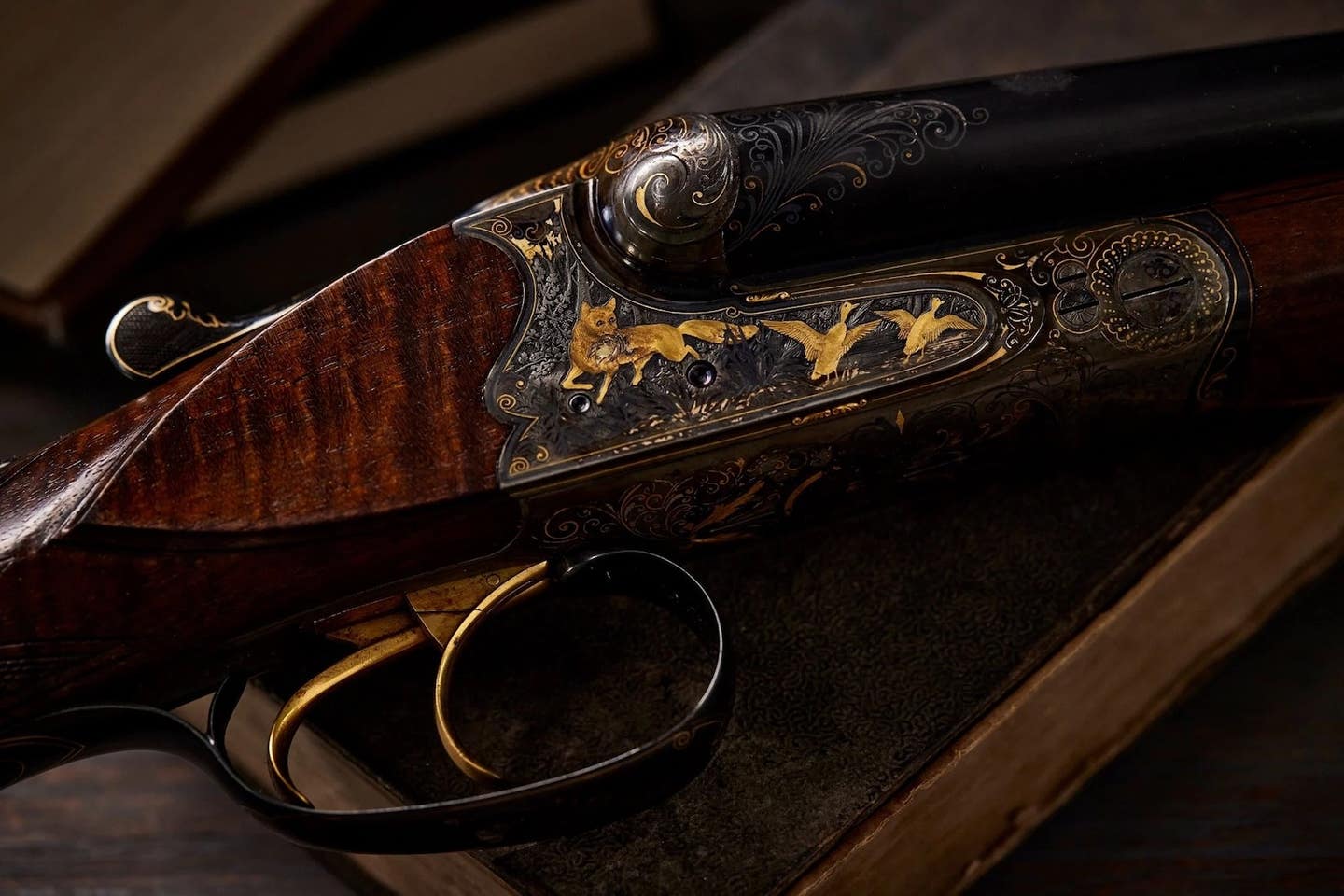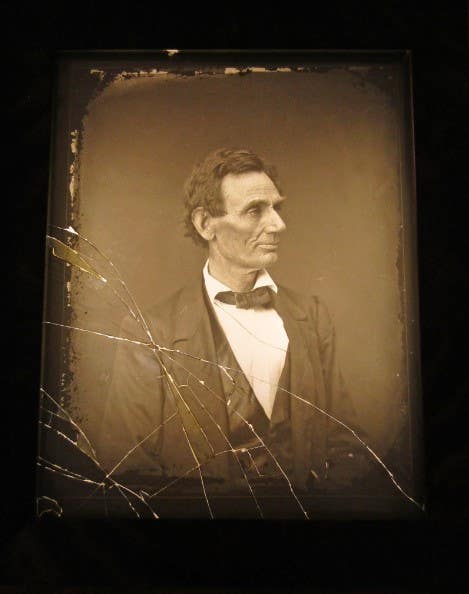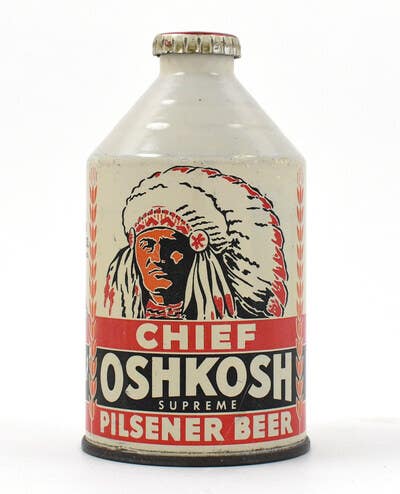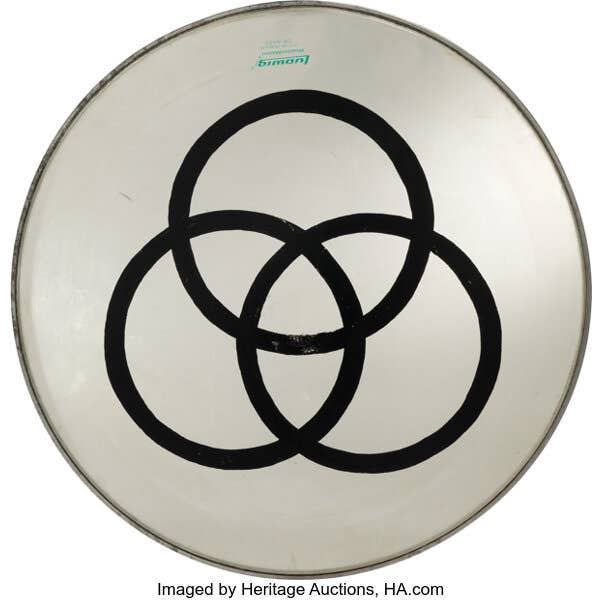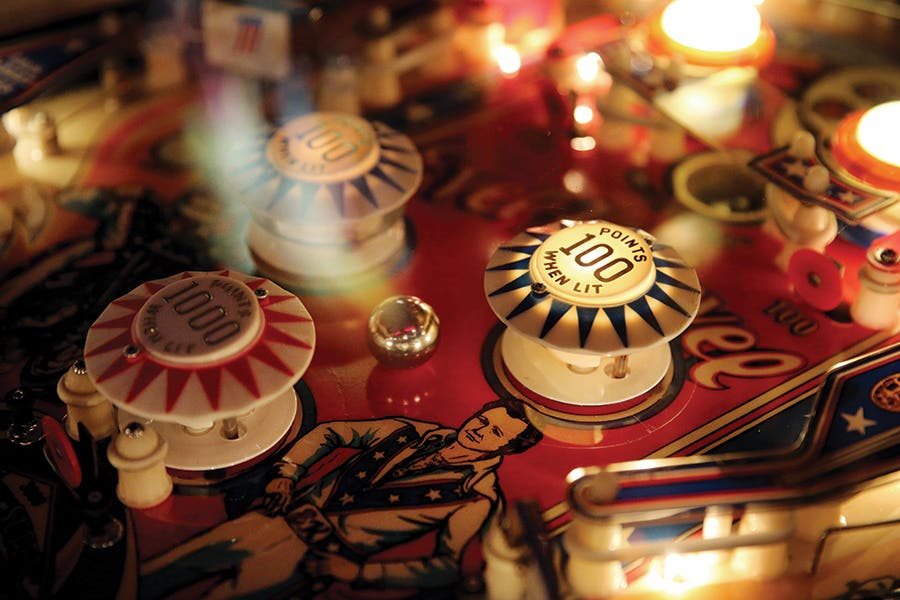Collecting Antique and Vintage Bicycles
The appeal of these wheels for collectors is nostalgia, history, heritage, and artistic designs, says Mike Fallon of Copake Auction.
Seeing a bike you had from childhood can be like seeing an old friend.
Maybe it was a super cool 1949 Schwinn Black Phantom, with its shiny chrome and white-walled wheels, that made you feel like a hotshot when you rode it to school. Maybe it was a 1960s’ Peugeot PX-1 racer that swept you to a few victories. Or perhaps it was a 1974 Schwinn Fair-Lady you pedaled to the park with your friends, a picnic lunch tucked in the basket.
Bicycles roll out nostalgia, and many people who collect antique and vintage models are now grown-up kids who long for what they once had or always wanted. These bikes are valued for emotional reasons as much as monetary ones, and point to a market segment that has a high degree of interest in buying their past.
Nostalgia isn’t the only factor, though. Antique and vintage bicycles are enthusiastically collected for a variety of reasons: Collectors also appreciate their history, heritage, and artistic designs. Whatever the reason, collectors are spending big bucks to buy original, restored and reproduced bicycles that lack any of the high-tech innovations of modern ones, but pack a lot of old-fashioned charm.
Perhaps no one knows the hearts of bicycle collectors better than Mike Fallon. His love of bikes and the people who collect them have propelled his auction house, Copake Auction, to having one of the most popular and well-respected antique bicycle auctions in the world for the past 30 years.
“I am considered a real expert on bicycles, but I’m not. I am a merchant who loves bicycles, but I love the collectors even more,” Fallon said.
Although this jovial antiques dealer humbly doesn’t see himself as an expert, even though he can rattle off the history of biking and the key developments and people involved with ease in conversation, nor readily agree that collectors obviously trust and respect him — only that he hopes that’s the case — he will at least cop to one point of pride:
“I think I can brag that I’ve sold more antique bikes than anyone else in the world.”
Indeed he can. Since 1991, the auction house in Copake, New York, has sold thousands of antique bicycles including the rarest and best found anywhere in the world, from some of the best world-class collections. Although many of these bikes sell for tens of thousands of dollars, Copake also consigns a large amount that sell in the $50-$500 range, so there is something for everyone interested in the hobby.
The yearly April auctions have grown into two-day events, with swap meets and a scenic 10-mile bicycle ride held the day before the sales. These two days are more than just about selling bikes, parts and related items and memorabilia including posters, photos and postcards — Copake makes them fun and informative fair-type gatherings that involve the whole community. Auction-goers also fill up all the local motels and restaurants, which is a plus for the local economy. The camaraderie draws collectors and bicycle enthusiasts from all over the United States, as well as Canada, China, Italy, the Czech Republic, the Netherlands, Australia, England, Germany, Italy, and many other countries to buy, sell and talk bikes.
This collecting community has been close knit for years. Fallon noted that he is now dealing with sons who used to attend these meets with their fathers when they were in baby carriages.
“I was the kind of kid who liked history and objects, and I’ve always loved antiques,” Fallon said. He bought Copake Auction in 1985, and was joined by one of his sons, Seth, as co-owner in 1995. Established in 1952, it has been the longest running auction house in Columbia County for almost 70 years.
Fallon said he had always admired people who had specialty auctions and thought he’d like to do that as well, if he ever got the chance. That fortuitous opportunity arrived when Copake got an estate that included three high-wheel bikes. Fallon learned that there was a lot of interest in those antique models. He put them on the auction block last and asked the buyers if they would attend an auction that only included bicycles. He got a resounding yes from everyone.
One of those buyers was the late David Metz, who was a force in the bicycle world. He had owned and operated the Metz Bicycle Museum in Freehold, New Jersey, where he archived the history of bicycling in the U.S. and kept his “spectacular collection” of antique and rare bicycles.
Fallon said Metz told him that if he wanted to specialize in bicycle auctions, he would help him. Thus began a lasting mentoring and friendship, and the auctions flourished under his guidance.
“Metz was one in a million and absolutely one of the best men I’ve ever met,” Fallon said. “I call Dave the godfather of Copake bike auctions.”
One of his favorite bike stories involves Metz and is a testament to the friendship they had. Freehold, where Metz grew up, is also the home of Arthur Zimmerman (1869-1936), one of America’s first world bicycle champions. Fallon said that Metz advertised for 25 years to find a “Zimmy” bicycle, but never did. One day an antiques dealer dropped off an old bike and wanted $100 for it, but Fallon gave him $200. Seth looked at the head badge and noticed it was a Zimmy — specifically a circa 1896 Zimmy pneumatic safety by Zimmerman Manufacturing Co. Fallon immediately put it in a box and shipped it to Metz without telling him. The renowned bike collector was not only astounded by the Zimmy, but also the fact that Fallon only wanted $300 for it — the $200 he paid, plus the shipping cost. That Zimmy became the pride of Metz’s collection, and when Copake sold his collection in 2014, it brought $15,210.
“And his son, Larry, presented me with the framed original check his dad paid us for the bike, including $300 for shipping. It was one of the best thank yous I could have ever received from a guy who helped us from the beginning,” Fallon said.
Fallon said the main three factors for collecting bikes are: “Nostalgia, racing — people like racing — and because they look cool.” Most people also collect bicycles for the history, “but nostalgia is definitely the top reason,” especially with a lot of baby boomers.
“A guy who is 40 to 50 will want to buy the banana seats. The older guys collect the older bicycles. Guys in their 20s and 30s like the modern mountain bicycles and the BMX bikes,” Fallon said.
Collectors look for bikes with an original finish, which is always best, ones with an exotic style, and ones that have high-quality components, Fallon said. Although rarity is a key factor with many collectibles, he noted that it’s not necessarily a factor with bicycles, especially if it’s so rare that no one has ever heard of it and you can’t look it up.
“Everybody wants to open a book and see where their bike came from, so rarity sometimes doesn’t mean much,” he said.
Antique and vintage bikes appeal to collectors because of their place in transportation history as being the first self-propelled road vehicle, and their mechanical history, Fallon said. They fall into these key historical and collecting categories:
Hobby horses (1817-1821)
These were the first human-powered vehicles with two wheels and invented by German Baron Karl von Drais. They have no pedals and riders have to scoot along with their feet. Made entirely of wood, hobby horses are barely steerable and challenging to balance. Fallon said these are really difficult to come by and found mostly in Europe, but Copake has sold a few, including a rare, one-of-a-kind American-made hobby horse from the early 1800s, considered to be the only one in existence, for $16,500 in 2009. In 2012, he sold a replica of Baron von Drais’ hobby horse for $4,300.
Velocipedes (early 1865-1871)
Officially called velocipedes by manufacturers, consumers nicknamed these bikes “boneshakers,” as riding them on the rickety roads rattled teeth and bones. “These are very very collectible, but they are hard to ride. They look ancient and primitive and many were made by blacksmiths,” Fallon said. He has sold many of these in the range of $2,000 to $5,000. The most expensive one he sold was in 2017 for $21,060. It was a rare circa 1870 velocipede that had retained the name badge “Morse & Morton, Fairhaven Mass., patent applied for” and was an unusual rear lever pedal drive.
High wheelers/penny-farthings (1870s-1880s)
This was the first model to be referenced as a bicycle. With a large front wheel designed to propel the bicycle faster than boneshakers, and a small back wheel, these have a distinctively different look in comparison to modern bikes. They have solid rubber tires and long spokes that make the ride smoother.
There is a whole social culture built around these bicycles by a group called The Wheelmen that Metz introduced Fallon to. The Wheelmen organization was started in 1880 by Col. Albert A. Pope, whose advocacy work, Fallon noted, led to better roads being built for biking. Today’s Wheelmen is a national, non-profit organization dedicated to keeping alive the heritage of American cycling, promoting the restoration and riding of early cycles manufactured in and before 1932, and encouraging cycling as part of modern living. Members also dress up in period clothing at their events.
“Wheelmen love to ride their high-wheel bikes. They want to show them off, and they also want to ride them. They tend to be baby boomers and their kids are also involved ... The Wheelmen are just a wonderful group,” Fallon said.
Copake has sold many high-wheelers in the $10,000 to $21,000 range; the most expensive was one from the Metz collection that sold in 2014 for $42,000.
Safety bikes (late 1885-1894)
“The late 1880s changed bikes forever with the pneumatic safeties,” Fallon said. These hard-tire safeties were the first bike to have both wheels the same size, and they were intended to be more user-friendly than the high wheelers.
Hard rubber tires were eventually replaced with pneumatic tires, which provided an even more comfortable ride. With increased safety and comfort, more people took up cycling in the late 1800s. Women also became more interested in riding two-wheeled bikes during this period.
Copake has sold lots of these bikes in the $8,000 to $15,000 range. Standouts that sold for more include a rare circa 1898 Cygnet “Swan” ladies pneumatic safety bicycle that went for a record $24,150 in 2013; it was made by Stoddard MFG., Co. Dayton, Ohio, and had been in the collection of the Pedaling History Museum. A circa 1898 Comet wooden-framed female pneumatic safety by Comet Cycle Co., Toronto, Canada, sold in 2014 for $23,400. This was the rarest Canadian bike ever sold and purchased by a Canadian museum.
Another important footnote in history in general and pneumatic bike history specifically that Fallon mentioned was that bicycle racing was really big in the 1890s and one of the best racers was Marshall “Major” Taylor, an African-American and champion athlete. He was so good that he was invited to Australia to race and paid $20,00, but he had to get a special permit, whereas his white teammates didn’t.
Balloon-tire bikes (1933-1965)
Schwinn introduced the first balloon-tire bike in 1933 called the Excelsior. They remained an industry standard until 10-speeds with skinny tires took over the market. From the 1930s to the 1950s, about 38 million balloon-tire bikes were produced, but finding them in good condition isn’t easy. Cool-looking models also include the Aerocycle, Jaguar, and Phantom, Collectors relish finding these in excellent condition with original paint. Even in poor condition, they sell for hundreds today.
“Balloon guys want rarity and cool bikes. They want big old balloon tires like the Black Phantom. They don’t ride their bikes. They collect them for the cool design and nostalgia,” said Fallon, who rode a balloon-tire bike to school. He noted that many collectors build home museums to keep them in.
Notable balloon-tire bikes Copake has sold include a 1937 Elgin “Robin” bicycle propelled by a drive shaft rather than chain, and the best one of three such examples ever made, that sold for a record $20,900 in 2004; one made by Evinrude that sold for $17,000; and a circa 1936 Elgin Bluebird for $12,010.
Fallon noted that high-wheel and balloon-tire bikes have been fading in prices recently and “going the way of brown furniture” because of changing collector interest.
Bikes of the ’60s and ’70s
Interest in bicycles grew during the 1960s, and many new models became popular. English three-speeds were in demand, and then 10-speed derailleur racers with downward curving handlebars garnered consumer attention.
One bike that was the most radical concept of its time and epitomized the “Space Age” with its design was the Bowden Spacelander. It is made up of fiberglass and features built-in headlights and rear fender. Designed by Benjamin Bowden, there was a prototype built and displayed in 1948, but the bikes were only produced and sold in 1960. Copake has sold several Spacelanders, including one for $13,800.
Schwinn remained a dominant manufacturer of bikes in America during this era and produced the banana-seat models with high handlebars such as the Stingray and Grey Ghost that are always in demand with collectors.
Copake has sold a lot of Schwinn banana-seat Krates, including an Apple Krate for $11,000, and also a Stingray Grey Ghost for $2,200 and a Lemon Peeler for $1,500.
Bikes from the 1980s, modern mountain bikes and BMX models are also in demand.
One of the coolest bikes Fallon said he ever sold was in 2017 for $11,700: the bicycle U.S. Olympic cyclist John Howard rode when he set a land-speed record of 152.284 miles per hour on July 20, 1985. Howard set the record while motor-pacing (riding in the slipstream of a race car) on a pedal bicycle on Utah’s Bonneville Salt Flats. Fallon said that at the time of the sale, he had talked to Howard, who told him that he was training a young woman to beat his record.
The top bike he hopes to one day sell is one that’s been ridden by a Tour de France champ. “I would love to get my hands on a Tour de France winner like Eddy Merckx or Greg LeMond. That would be my holy grail.”
You would think that being surrounded by so many antique and vintage bikes that Fallon would collect them as well, but nope. At one time, he did have a handful, but he sold them in his first auction. Although he will sometimes ride a bike around town with his wife, and bikes are near and dear to his heart, they aren’t fast enough for the 73-year-old. Motorcycles, which he used to race, are more his speed. He has six vintage ones in his collection, including two Ducatis.
“I was always the kid who wanted to go down a hill as fast as possible, rather than bike 20 miles. Bliss was racing around a track as fast as I could. I hardly ever ride bicycles, but I still ride motorcycles,” he said.
Due to COVID-19 restrictions, this year’s auction had to be postponed to next June in the best interest of customers, consignors and Copake’s staff. Among the highlights is a collection of 125 racing and high-end contemporary bicycles from the collection of award-winning actor Anthony LaPaglia, who starred in the long-running CBS series, “Without a Trace,” in addition to movies and Broadway.
Fallon said that LaPaglia’s collection includes some of the finest handmade Italian bikes in the world.
Besides bikes, Copake also specializes in a variety of other things including Americana, art, folk art, and textiles including quilts. The auction house also once had the biggest sale of Chintz china ever, which handily beat the previous biggest sale in England.
Fallon and his wife have raised 10 children (6 adopted) and in addition to Seth, a couple of them are involved in the business, as is a daughter-in-law. Since the pandemic, he said that the auction house has seen online sales stronger than ever and is doing great.
“I love this town and the community. It’s a great, great thing and has been my love for 35 years,” Fallon said. “We’re doing great and that’s all we can ask for at this time. How can I ever complain when things are going so well?”
More information about next June’s bike auction can be found here. Featured lots of bicycles Copake has sold are here. For more information about bikes or Copake Auction in general, visit copakeauction.com.



